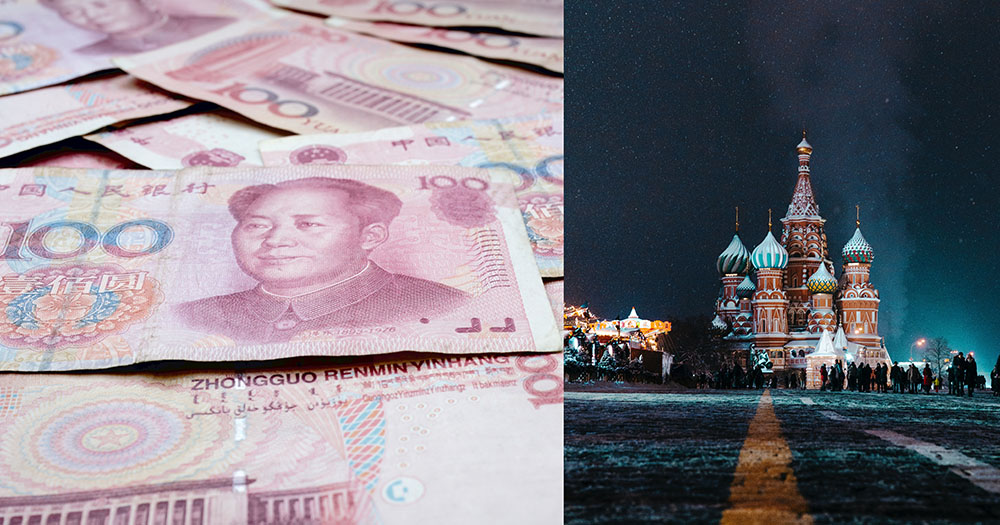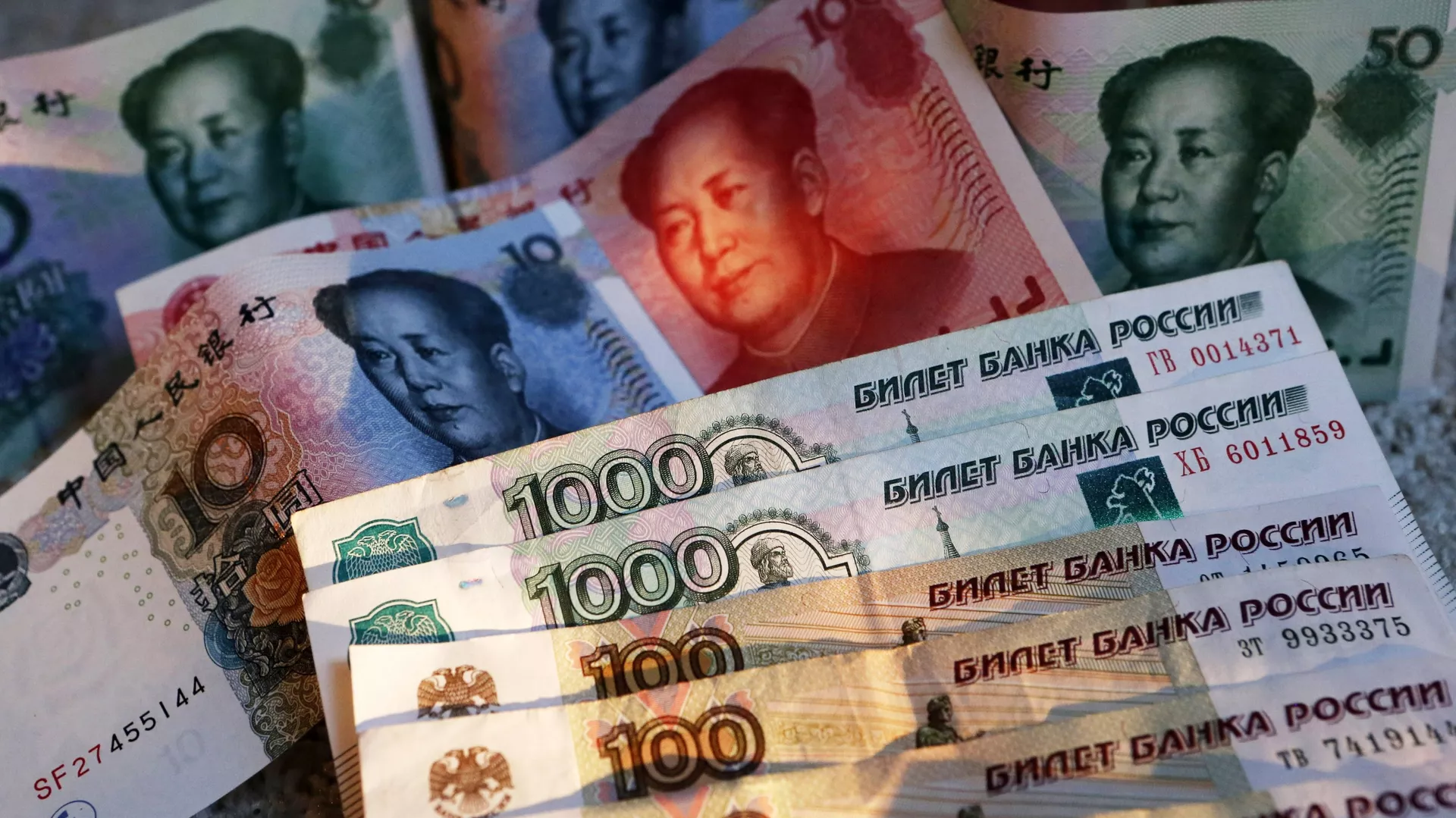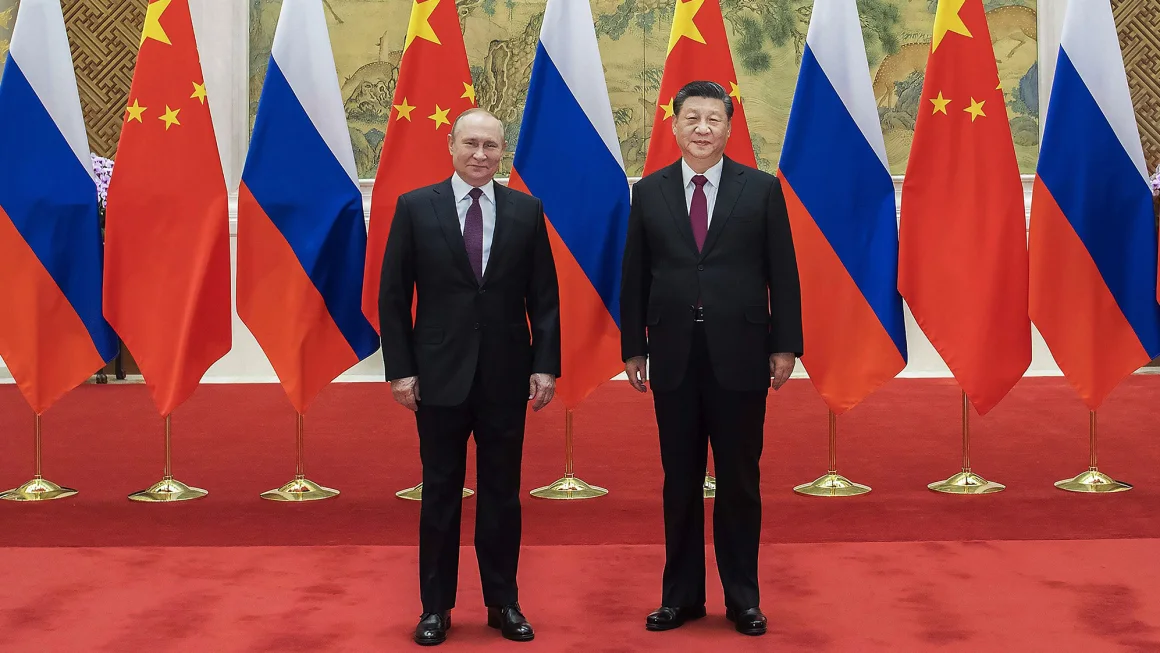China and Russia are the two large nations whose bilateral international trade payments are increasingly facing many challenges that are making its once healthy economic relation lose its vigor. Russian payments have previously been handled by Chinese regional banks, but more and more these are turning them down. As the trade in yuan continues to be banned in the Russian banking system with about 90% of Chinese banks refusing to accept transactions in yuan mainly due to sanctions, the two countries are using other mediums like cryptocurrency and barter. This shift is due to rising concerns of secondary sanctions from the western countries which make this area even more complicated in the already uneasy international economy.
90% of Chinese Banks Reject Russian Payments
Thus the situation with the China-Russia settlements has arrived at the decisive stage. This article from Izvestiya, a Russian news organization, claims that 90% of the Chinese regional banks have stopped accepting commodity transactions in yuan from Russia. This has upgraded the struggle of the two nations in the issues of economy, to a new level. Non-receipt of these payments is mainly considered to be caused by the risk of secondary sanctions that might be applied to any organization engaged in operations with Russia by the Western countries.
This development has increased lots of pressure mainly on those firms that engage in the export and import of goods between China and Russia. Another check, also in a positive direction, came from Ekaterina Kizevich, the general director of Atvira – a company dealing with managing Chinese imports. Kizevich also said that the company was recently notified by their bank on the July 20 that they will not accept payment from Russia which has also make it hard for the company to conduct their trading business.

In response to this increasing problem, Russia’s companies are resorting to other channels to continue importing items from China. There has been plans to make these payments go through Russian credit organizations operating in China. Nevertheless, this method increases transaction costs to the greatest extent reaching 5% of the total payment because of the complexity of the action.
Rise of Crypto and Barter in China-Russia Trade
Largely reliant on export, both China and Russia are now searching for innovative solutions to keep their business going as more of the old ways of paying fail. Two of the possibilities that are currently being considered are cryptocurrencies and bartering, which are more appealing in light of the sanctions that can potentially be placed on banking systems.
Cryptocurrency, especially, is making a shift to becoming a feasible way of undertaking settlements between the two countries. Sources suggest that since June, metal producers from Russia have adopted the use of stablecoins for remittances and payments from Chinese counterparts. Stablecoins; as its name suggests, it is anchored on traditional fiat currencies and this guarantee of stability is essential in world trade.
After the latest addition that Russia approved a law allowing use of digital currencies for payment, the usage of digital currencies for trading China is likely to rise. This law aims at giving a legal approval to the use of cryptocurrencies in the international trade, which may turn to be a ‘life jacket’ for the struggling Russian businessman who find it hard to make payments using conventional banking systems.

Another option that is currently under consideration although as you will see it is still a little more complicated than receiving and paying with cash is the barter trade. Nevertheless, this approach has its limitations and barter, therefore, depends largely on the products to be exchanged since not all the commodities are suitable for this sort of transaction. However, barter remains a means that would allow the continuation of trade, given that the banking system is getting progressively more unstable.
Impact of Sanctions and Future Prospects
In any case, it is clear that the worsening China-Russia international trade payments situation is a direct result of the growth of geopolitical tensions between Russia and the western powers. This fact is forcing Chinese banks to shy away from deals connected with Russia, which otherwise have a rather close economic relationship.
This is evident from the use of cryptocurrency as a means of payment and barter as an effective way of payment than the speedy use of currency; situations that prove the difficulty Russia has in conducting its international relations. As these alternatives solve the problem in the short-run they pose other risks and challenges on their own. Cryptocurrency on the same note is still a relatively young and unpredictable market and it is not clear whether it will become the main mode of trade settlement in the near future.
As for the overall picture of China-Russia trade relations in the future, both countries will presumably have to learn how to exist within such conditions. To ensure that these dynamics are maintained despite these external pressures, more reliable forms of mutual payments will have to be found; this can be done through the use of cryptocurrencies or barter, or similar means.
Major Takeaway
Finally, it can be concluded that the situation in China Russia international trade payment is getting worse as 90% of the Chinese banks declined to accept transactions from Russia. This has shifted the two countries to look for other ways of doing business like use of cryptocurrency and barter. The emergence of these alternatives proves the increasing problems in front of Russia to manage the sanctions regime and keep its trading connections with such partners as China. This paper has thus revealed how the aspects of geopolitics that are unfolding today imply that China Russia trade relations may only be made to work in the future by innovation.



















































































































